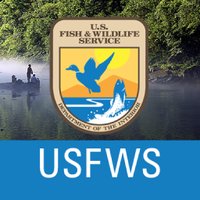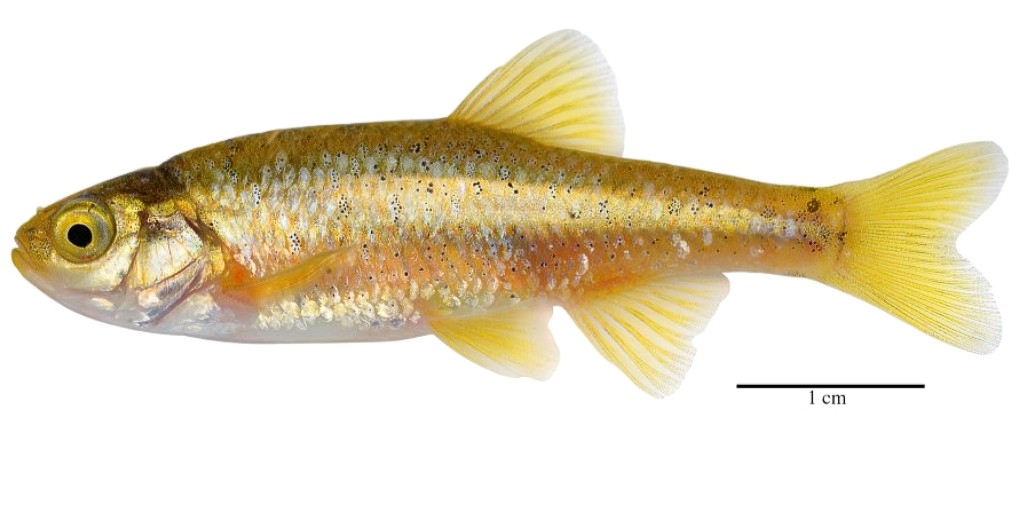
U.S. Fish and Wildlife Service
@usfws
The U.S. Fish and Wildlife Service (USFWS) is dedicated to the conservation, protection, and enhancement of fish, wildlife, plants, and their habitats. 🐟🦆 🌱
ID: 57625403
http://hootbio.com/www.fws.gov 17-07-2009 12:06:12
30,30K Tweet
312,312K Takipçi
35,35K Takip Edilen

Meet the Least Chub. If this native desert fish had one wish, it'd be to replace its op: non-native mosquitofish. Kaitlyn Purington & Chance Broderius from Utah Department of Natural Resources offer a state perspective on its public value: fws.gov/fish-of-the-we… 📷 Mark Henry Sabaj (CC BY-NC 4.0)
























